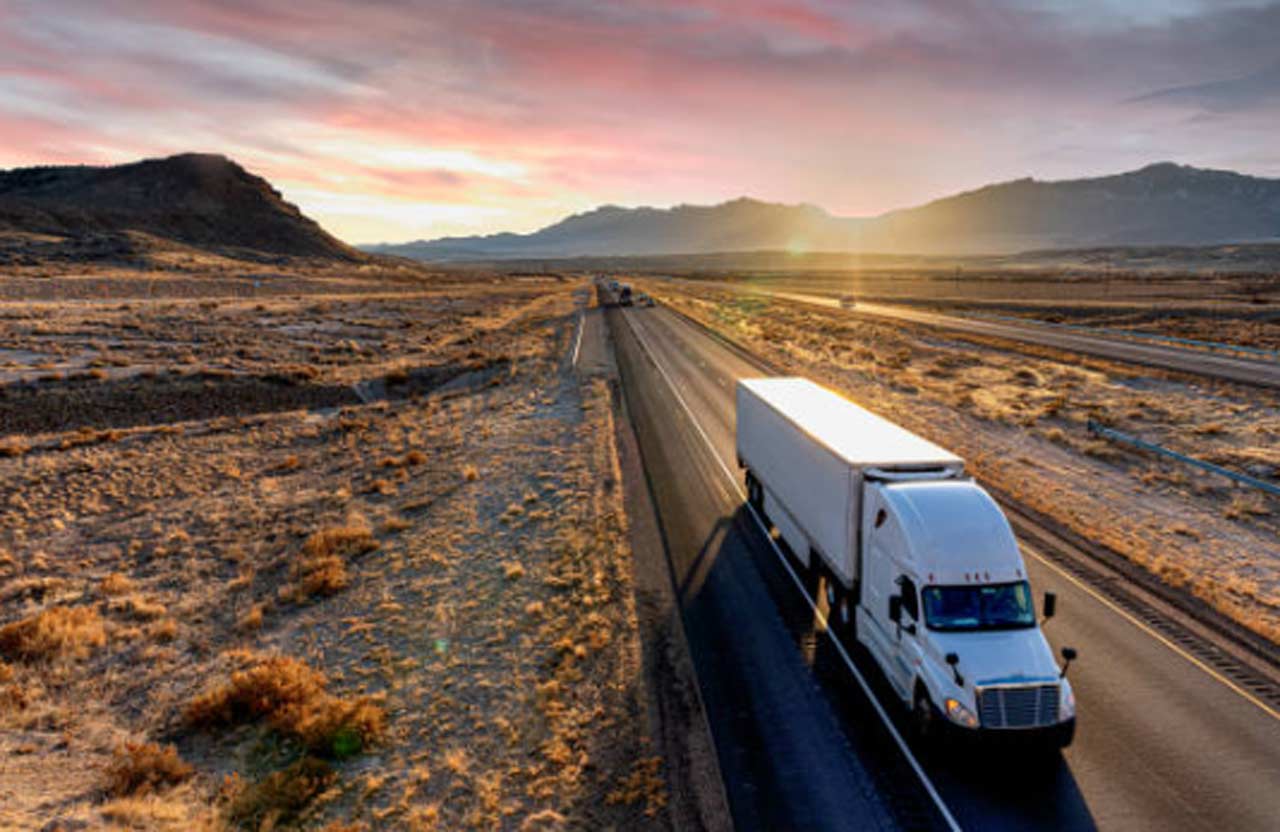With environmental sustainability becoming a priority for industries across the globe, the impacts of many endeavors have to be reduced. Therefore, many are interested in minimizing their carbon footprint to save the planet.
Commercial trucking, a massive worldwide logistics and transport component, cannot be left behind in these endeavors. The following blog post introduces commercial trucking and eco-friendly practices using innovative solutions and strategies to cut emissions and other efforts to save resources.
Embracing alternative fuels
One of the more effective ways to reduce emissions from commercial trucking is to use alternative fuels to reduce greenhouse gases relative to conventional diesel. Replacement alternatives range from natural gas, diesel, hydrogen, and electric power; all have viable solutions offering environmental benefits and lower operating costs.
For instance, although natural gas-powered trucks emit far less pollution than their diesel counterparts, they are desirable to fleet owners who want a lower environmental footprint. Electric trucks, which do not produce any emissions during operation, are suitable for use in sensitive areas and for urban delivery routes.
Implementation of fuel-efficient technologies
In addition to alternative fuels, fuel efficiency in commercial trucking can be enhanced through advanced technologies and best practices. Some aero enhancements will reduce drag and increase fuel economy. Low rolling resistance tires can also lower friction, hence enhancing the overall efficiency of a 7-ton pickup.
Similarly, technologies, such as automatic engine shutdown systems and auxiliary power units on long-haul trucks, help minimize fuel consumption while idling at rest, such as during rest breaks and overnight stops. Implementing such technologies and practices significantly reduces fuel costs and environmental footprint for trucking companies, thus enhancing their bottom line.
Route Planning and Optimization of Vehicle Utilization
Optimizing route planning and vehicle use to reduce emissions is yet another environmentally responsible approach in commercial trucking. As a result, sophisticated software for route optimisation software systems might assist in selecting effective routes.
The further reduction of emissions will increase the number of shipments and the utilization of vehicles, which will, in turn, reduce the number of trucks on the road and increase the payload capacity of each vehicle.
As a result, trucking businesses’ efforts in terms of strategy to optimize the usage of automobiles and improve the efficiency of their routes are sufficient to reduce their carbon footprints and operating expenses.
Investment in Fleet Maintenance and Upkeep
Regular maintenance and upkeep of these commercial 10 ton truck are undoubtedly vital to ensure minimum emissions and efficient operation of the equipment.
Frequent maintenance activities in engines and exhaust systems, adequately performed with proper emission control system maintenance, reduce harmful pollutants and leave the trucks well aligned with appropriate environmental regulations.
Upgrading and retrofitting vehicles with particulate filters, selective catalytic reduction systems, and software remapping of engines are other ways emissions performance will be improved to have less direct effects on the environment. Maintaining and caring for fleets will assist businesses in keeping their truck fleets in operation longer, minimizing downtime, and maintaining lower emissions.
Modern technological features, such as telematics, together with the employment of real-time data analytics, can further discover valuable information about the operation of the fleet and driver behaviour in seeking the weaknesses that need to be improved and optimized for more environment-friendly practices.
Technologies will make it easy for the fleet manager to be able to monitor the fuel consumption, emissions, and the available opportunities that could assist in cutting down on the environmental impact.
Moreover, continuous training and educating the drivers can make them adopt green driving practices—for instance, smooth acceleration, minimal idling, and effective planning of routes—adding further to sustainability efforts within commercial trucking.
This is where technological innovation engages with the drivers through education, where trucking companies could help drive the advancements of a more sustainable and environmentally committed future for the industry.
Conclusion
In conclusion, environmental practices are at the heart of emissions reduction, resource conservation, and sustainability in commercial trucking.
With the investment in alternate fuels, fuel efficiency technologies, strategic route planning, and vehicle utilisation, along with the needed investment in maintenance and up-keeping of the fleet, trucking companies could make a difference by reducing their environmental footprint and helping to build a cleaner, greener future.
As the industry continues to evolve, trucking companies must focus on sustainability and practice eco-friendly ways of doing business—friendly to the environment and friendly enough to become more efficient and competitive.
Moving toward sustainability will bring commercial trucking to significantly contribute to the sustainable development of an environmentally responsible transportation system for generations to come.







